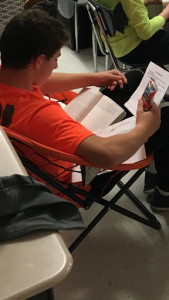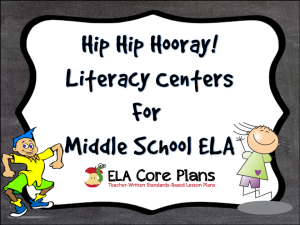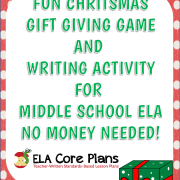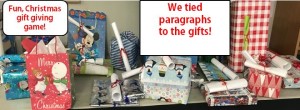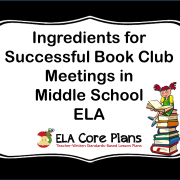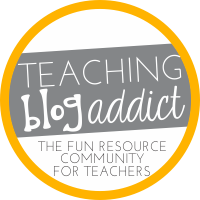Have you heard of the reading signposts? If not, you need to purchase the book Notice and Note Strategies for Close reading by Kylene Beers and Robert Probst. More information is provided about the signposts later in this post. Mainly, however, this post will explain how we hold literature circles using reading signposts in middle school ELA.
We call literature circles book clubs in my classrooms. The kids just get more excited about a “club”. We recently had our second book club meetings in my seventh grade classroom, and I must say that it was a success! Four main ingredients contributed to the success: snacks, comfortable spots, great novels, and the six reading signposts.
First, snacks. Snacks generate excitement. It doesn’t have to be something huge, just a cookie will do, or a Blow Pop, but allowing students to have a little treat during meetings keeps them looking forward to the discussions!
Comfortable spots- carpet pieces, comfy chairs, bean bags, anything goes. When students get the chance to get out of their desks for a while, they see that as a treat, and the opportunity to have book club meetings should be a treat!
Next, good novels! Don’t put boring books on your list of book club books. You want books that students will fall in love with and won’t soon forget!
Finally, the remainder of this blog post will be about the six reading signposts. Wow, they have seriously changed my ELA world!
Recently, I introduced my students to the six reading signposts which are described in Robert E. Probst and Kylene Beer’s new book, Notice and Note Strategies for Close reading (which by the way, you need to order ASAP if you have not already). The signposts are a game changer when it comes to teaching students to complete a close read. Basically, there are six noticeable concepts that are present in most all novels. These are called “signposts”. Each signpost has a question that accompanies it. When students recognize a signpost, they are to stop and ask themselves the question that goes along with it. This will help them to comprehend and analyze what they are reading. For example, one signpost is “Words of the Wiser”. This is present when an older character gives advice or insight to the main character. (I bet you can think of plenty of young adult novels with this signpost, right?) When students notice this in a text, they should stop and ask the question that accompanies this signpost, which is “How might this change things?” Each time students see this signpost, they stop and ask themselves the same question.
Click here to see a chart of the six signposts and the questions that accompany them.
As students are reading their novels, they place post-it notes where they see one of the reading signposts (contrast and contradiction, memory maker, tough question, again and again, aha moment, words of the wiser). I do not require them to stop and write anything, only to mark the signpost and think of and answer the question that accompanies it. I provide bookmarks with the six signposts, definitions, and questions for them to use while reading.
In preparation for the book club meetings, students look back through their books at the Post-it note marked signposts. They choose two that they think would make worthy discussion for the meetings. Students record those two on their book club preparation sheet, complete with the question that accompanies the signpost and their own answer to that question. Then, this is one of the main items on the discussion agenda during the meetings.
By far, having book clubs or literature circles using reading signposts in middle school ELA has worked wonders. My students agreed. I asked them to give me honest feedback about using the signposts as springboards for discussion during the meetings. They all assured me, “Mrs. Temple, it works great!”
Check out our book club resource before leaving our site! It has all of the resources that we use, including signpost bookmarks and preparation sheets for students to use along with their signpost post-it notes to prepare for the meetings.
